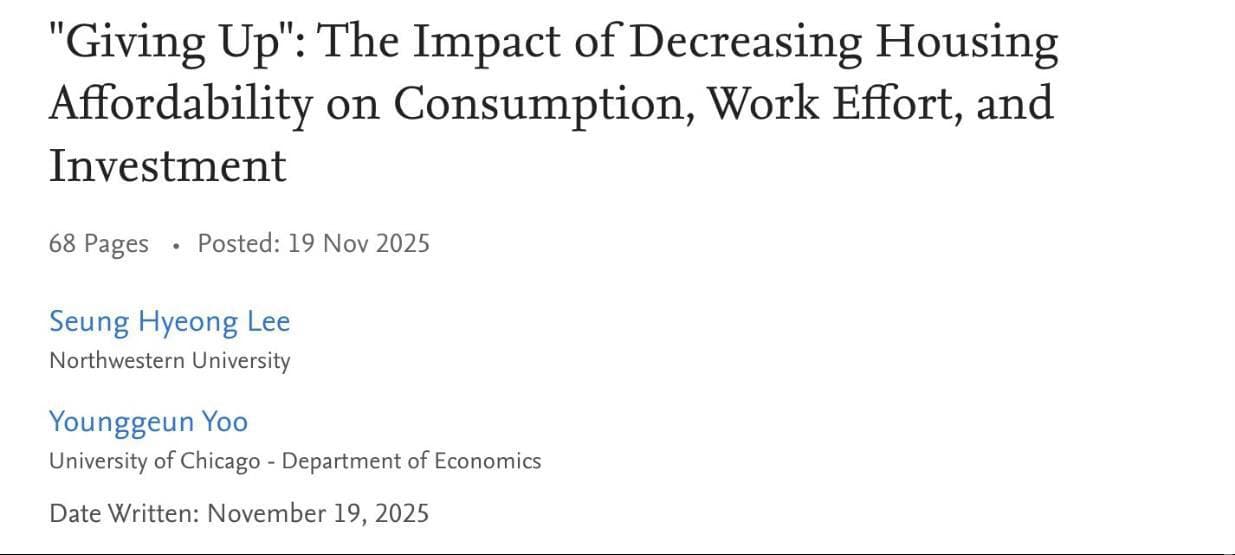In a striking example of economic disparity, the Financial Times boasts 1.3 million subscribers, with 1.2 million opting for digital access. This subscription model, which costs €69 per month, highlights a troubling reality: while a privileged few can afford quality journalism, the vast majority of working-class individuals grapple with stagnant wages and rising living costs.
Digital Journalism Creates a Divide
The rise of digital journalism has transformed the media landscape, shifting access from traditional media companies to digital platforms. According to a report by the Centre for Media Transition, these platforms act as gatekeepers in an era where journalism’s role of monitoring power is increasingly compromised. The exclusivity of quality journalism through paywalls threatens to further disenfranchise marginalized communities who rely on accessible information for advocacy and empowerment.
Wealth Inequality Fuels Information Inequality
The staggering subscription fees for reputable news sources like the Financial Times reflect a broader trend of economic exclusion. With the cost of living skyrocketing, many can’t justify spending €69 a month on news, which underscores the intersection of wealth inequality and information inequality. As reported by Maryville University, the transformation of journalism into a subscription-based model has inadvertently created a privileged class of informed citizens, leaving countless others in ignorance.
\n\n
Bikura-14 Freedom of Speech by PanSpec, visual art
AI and Journalism Need Diverse Voices
The rise of artificial intelligence in journalism raises further concerns about equity in news coverage. A recent workshop summarized by Brookings emphasized that without diverse representation among journalists, AI tools may perpetuate existing biases, further alienating marginalized groups. This technology risks reinforcing systemic inequalities, as the narratives of the underserved continue to be overlooked in favor of those who can afford to pay for premium content.
Digital Access and Worker Rights
The subscription model also raises critical questions about workers" rights in the media industry. As traditional advertising revenue declines, media companies have resorted to paywalls, often at the expense of journalistic integrity and accessibility. Workers in the journalism field are facing pressure to produce more for less, leading to precarious employment conditions. This situation is compounded by the fact that while the Financial Times thrives, many local news organizations struggle to survive, further eroding the fabric of community journalism.
\n\n
The most enduring photos of 2023 from the Washington Post - Washington Post
The Urgent Need for Change
As digital journalism continues to evolve, the urgent need for reforms in media financing and accessibility becomes glaringly apparent. The tiered subscription models that allow for different levels of access only serve to deepen the divide between the informed and the misinformed. A report on the Financial Times subscription model reveals that flexibility in pricing can still exclude low-income readers who need access to critical information. It is imperative to advocate for policies that ensure equitable access to journalism for all, regardless of economic status.








![[Video] Coast Guard sniper takes out narco-boat in Eastern Pacific](/_next/image?url=%2Fapi%2Fimage%2Fthumbnails%2Fthumbnail-1765029104101-04awi-thumbnail.jpg&w=3840&q=75)